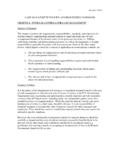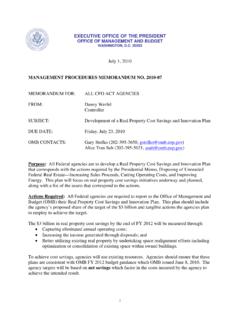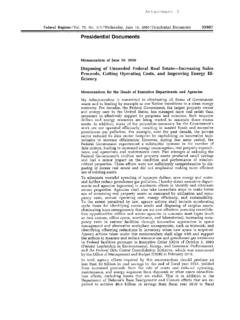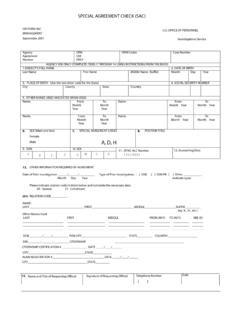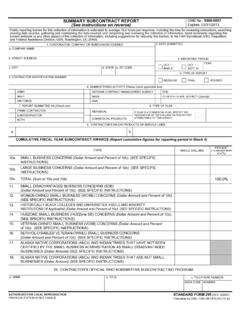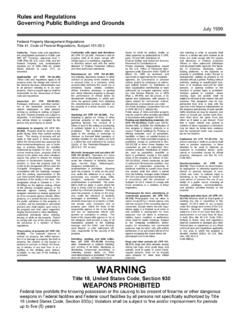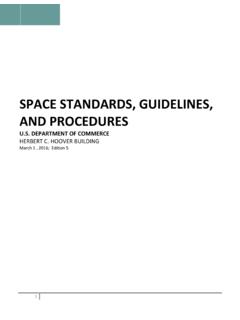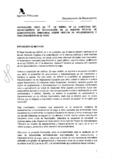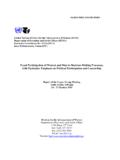Transcription of Safe Mail Handling Procedures. - Department of …
1 safe mail Handling procedures . It is important that every employee Handling or receiving mail can identify a suspicious letter or parcel. Although occurrences are extremely rare, it is essential to know what to do when suspicious mail is received. All staff must remain alert for the tell-tale signs of potentially dangerous mail and packages. How to Recognize Suspicious Packages and mail One indicator of a suspicious package or piece of mail includes inappropriate or unusual labeling, such as: Excessive postage Misspelled common words No return address or strange return address Unusual addressing, such as not being addressed to a specific person or the use of incorrect titles or titles with no name Restrictive markings, such as personal, confidential, or do not x-ray Other indicators include an unusual or inappropriate appearance, including.
2 Powdery substances felt through or appearing on the item Oily stains or discolorations on the exterior Strange odors Excessive packaging material, like tape or string Lopsided or bulky shape of envelopes or boxes Ticking sounds, protruding wires, or exposed aluminum foil procedures for Handling to Suspicious Packages and mail Stay calm. Do not open the letter or package (or open any further), do not shake it, do not show it to others, or empty its contents. Leave the letter or package where it is or gently place it on the nearest flat surface. If possible, gently cover the letter (use a trash can, article of clothing, etc.). Shut off any fans or equipment in the area that may circulate the material. Alert others nearby to relocate to an area away from the site of the suspicious item. Take essential belongings, like cell phones, keys, purse, etc.
3 With you in case return to your office is delayed. Contact the Federal Protective Service immediately at 1-877-437-7411. Leave and close the door to the space containing the suspicious letter or package, cover the threshold area under the door with a towel or a coat if possible, and section off the area (keep others away). To prevent spreading any powder or hazardous substance to your face, wash your hands thoroughly with soap and water. For further information contact your local FPS Inspector, Regional FPS Hazmat Inspector, or the FPS Hazardous Response Branch (202-732-8012). FOR OFFICIAL USE ONLY WARNING: This document is FOR OFFICIAL USE ONLY. It contains information that may be exempt from public release under the Freedom of Information Act (5 552). This document is to be controlled, handled, transmitted, distributed, and disposed of in accordance with DHS policy relating to FOUO information and is not to be released to the public or other personnel who do not have a valid need-to-know without prior approval of the Hazardous Response Branch.
4

